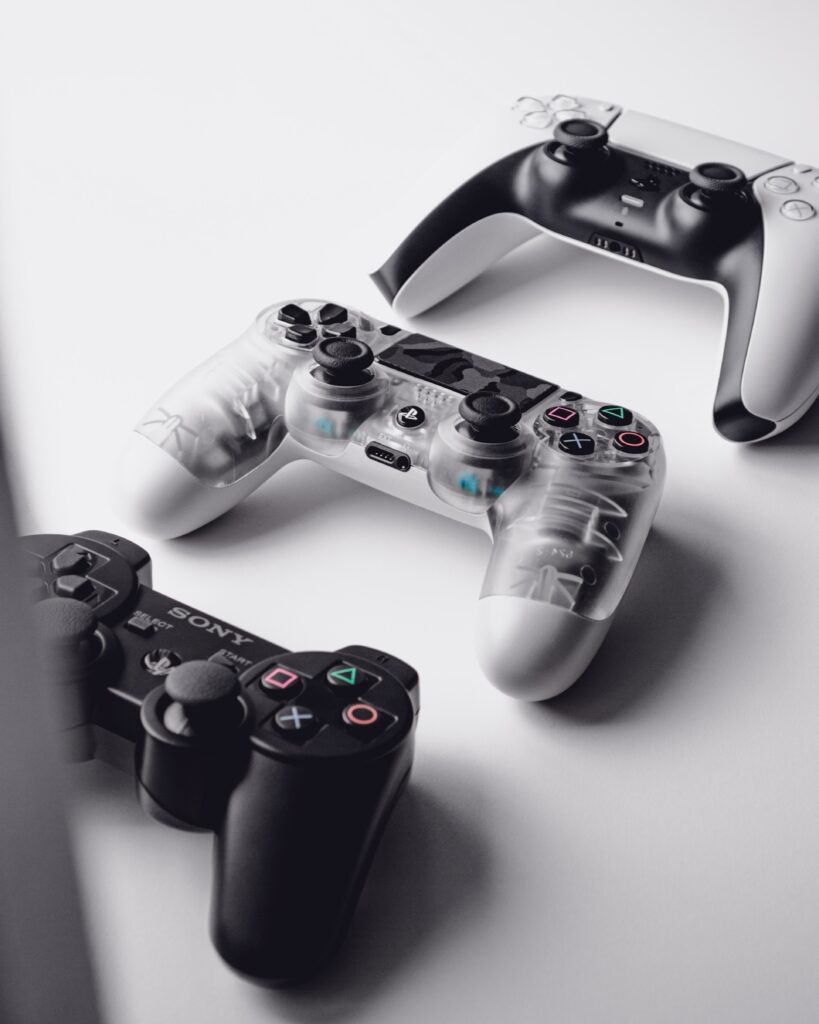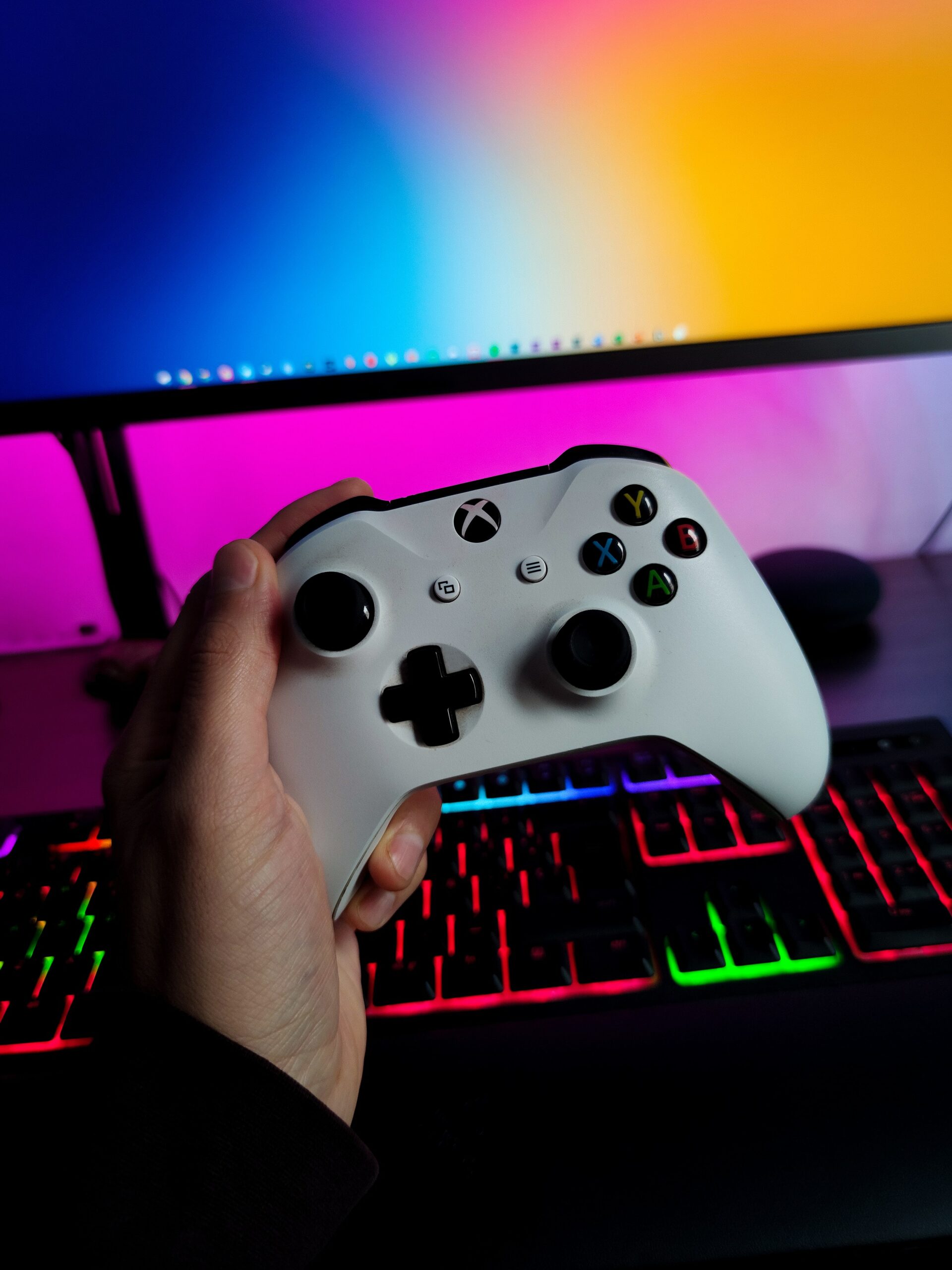In this guide, we’ll show you how to optimize your PC’s settings for gaming, productivity, and more. We’ll also provide tips on customizing your PC to get the most out of it.
First, let’s take a look at some basics:
– The Power and Sleep settings in Windows 10 are designed to help your PC conserve energy when it’s not in use. If you’re not using your PC, we recommend setting your Power mode to “Battery saver” and your Sleep settings to “Sleep after 30 minutes.”
– If you’re looking for ways to improve your PC’s performance, we recommend adjusting the following settings:
– For gaming: In the “Graphics Settings” section, set the “Visual Effects” setting to “Performance.” This will disable some of the unnecessary visual features that can slow down your system.

– For productivity: In the “Processor power management” section, set the “Minimum processor state” to 95%. This will help prevent your system from throttling back its performance when you’re working on resource-intensive tasks.
– For customizing your PC: In the “Startup and Recovery” section, select the “Advanced startup options” link. This will allow you to access a variety of options for customizing your system’s startup behavior.
That’s it! These are just a few of the ways you can optimize your PC’s settings. For more tips and tricks, be sure to check out our other articles in the Windows 10 Help & How-To section.
System Preferences
System Preferences is a system pane in macOS that allows users to modify various system settings. These settings include the ability to customize the Dock, create desktop shortcuts, configure language and region options, set time and date preferences, adjust security and privacy settings, and more.
System Preferences is located in the Applications folder on your Mac, and can also be accessed by clicking the System Preferences icon in the menu bar.
To modify a setting in System Preferences, simply click on the icon for the setting you wish to change. A new window will open with options for you to select. Once you have made your changes, be sure to click the “Apply” button to save your changes.
Optimizing Your PC for Gaming
Whether you’re a hardcore PC gamer or you just want your games to look and play their best, you’ll need to do a little tweaking to get the most out of your system. This guide will help you optimize your PC for gaming, regardless of your budget.
First, let’s take a look at some of the things that can affect gaming performance on a PC:
-The quality of your components: Obviously, if you have high-end components, you’re going to be able to run games better than with lower-end parts. That being said, you can still get good performance out of lower-end parts if you know how to optimize your settings.
-Your operating system: Windows 10 is generally the best option for gaming, although Windows 7 and 8.1 are also good choices. If you’re using an older version of Windows, you may want to consider upgrading for better gaming performance.
-Your drivers: Out-of-date drivers can cause all sorts of problems, including reduced gaming performance. Make sure you keep your drivers up to date for the best possible gaming experience.
Now that we’ve gone over some of the things that can impact gaming performance, let’s take a look at how to optimize your PC for gaming.
Adjusting In-Game Settings
If you’re a PC gamer, you know that Optimizing your PC settings is key to getting the most out of your gaming experience. But with all the settings and options out there, it can be tough to know where to start. That’s why we’ve put together this guide to help you get the most out of your games.
In-game settings are one of the most important factors in Game Optimization. By adjusting these settings, you can control how much stress is placed on your computer, which can help to improve FPS (frames per second) and general gaming performance. Here are some things to keep in mind when adjusting in-game settings:
– Graphics: Turn down the graphics options if your FPS is low. This will help to free up resources so that your computer can focus on running the game smoothly.
– Resolution: A lower resolution will also help to improve FPS. If you’re not worried about graphics quality, try reducing your resolution.
– Anti-aliasing: This setting smooths out jagged edges on objects in games. It can be resource intensive, so turning it off can help to improve FPS.
– Anisotropic filtering: This setting improves the quality of textures in games. Like anti-aliasing, it can be resource intensive, so turning it down or off can help to improve FPS.
How much is a pc setup
The cost of a PC setup will vary depending on the components you choose. For example, a basic set up with a processor, motherboard, and 4GB of RAM will cost around $300. If you want to add a graphics card, hard drive, and other peripherals, the cost will go up.
Conclusion
Now that you know the basics of how to optimize your PC settings, it’s time to put that knowledge into practice. You should regularly check your PC’s performance and make adjustments as needed to ensure that it is running at its best. If you have any questions about optimizing your PC settings, don’t hesitate to ask a professional for help.
